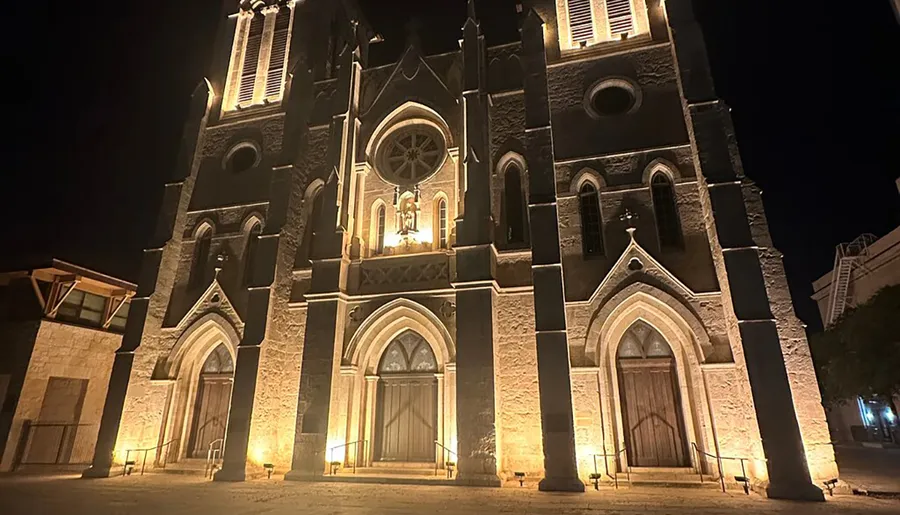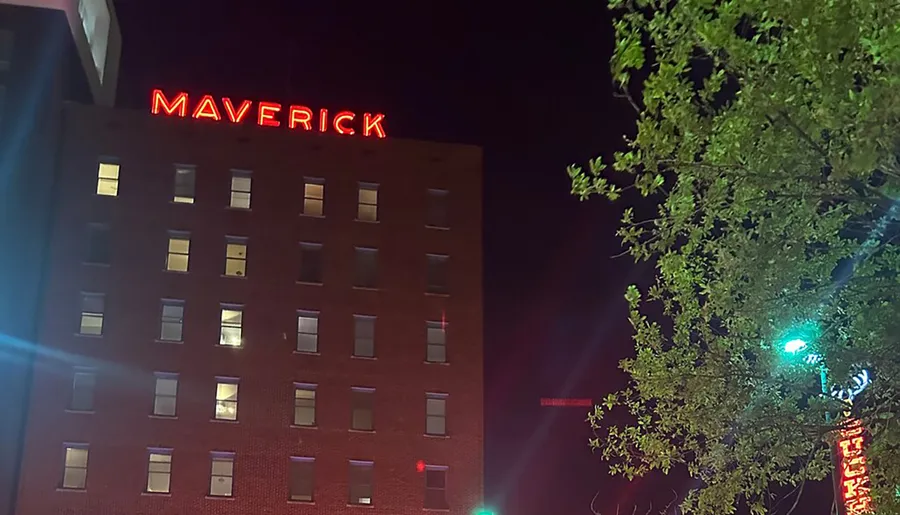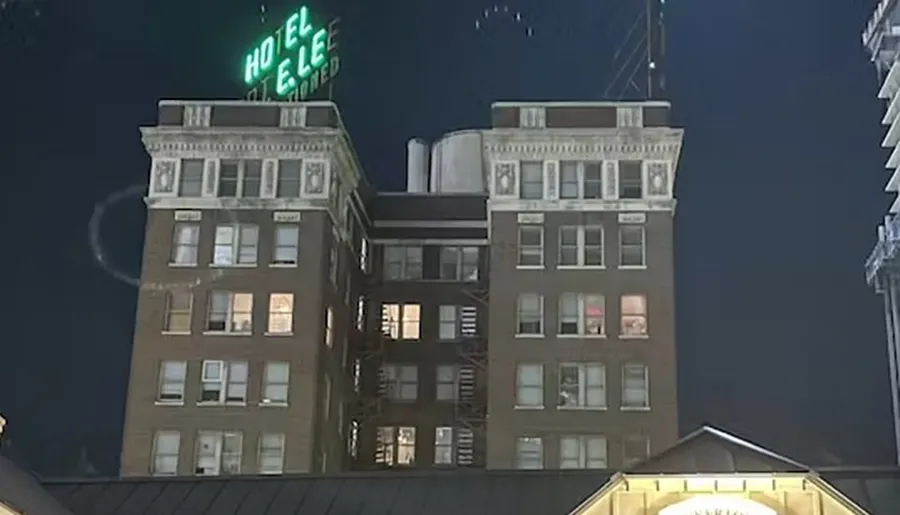
Main Plaza - Plaza De Las Islas in San Antonio, TX
Spanish urban planners in the New World know how to create a vibrant community: its two interconnected building blocks were a cathedral and a plaza. This spatial structure compelled the citizens of New Spain to revolve around a civic center, timing their movements to the comings and goings of their neighbors with whom they worked, played, and prayed.
The 1730 plan for San Fernando de Bexar (San Antonio) drew on this tradition, beginning with the iglesia, the town's 18th-century church that later became a cathedral. From its front door, surveyors marked off Plaza de las Islas (Main Plaza) and a set of radiating streets along whose flanks government buildings, stores, and individual housing would be built. The whole plaza was locked in a grid, forming 'a cross with the church as a center.'
Long the spiritual heart, government center, and social hub of San Antonio, Plaza de las Islas (Main Plaza) began to lose its centrality in the late nineteenth century. Railroads and trolleys reorganized the city's commercial activity by enabling developers to create new, more distant suburbs, shifting where people lived and shopped, in an outward thrust that later the automobile would accelerate.
As the city swelled in size, the plaza itself shrank as a result of the widening of Market Street in the 1880s and the construction of a new county courthouse that filled in a portion of its southern quadrant. As other tall buildings rose over the plaza, replacing more human-scaled structures, its wide-open character and dirt-packed surface were also transformed. The center was elevated and planted with trees and grass, while the surrounding streets were paved. Citizens protested these significant alterations, but to no avail: the plaza had become a park.
Bypassed, like most of downtown, until the late twentieth century, the plaza has since figured in several revitalization efforts. Launched in 2006, city planners sought to recreate its pedestrian character by knitting together the plaza, cathedral, courthouse, and the river. In this way they hoped to promote a re-engaged citizenry and a re-energized civic life.




